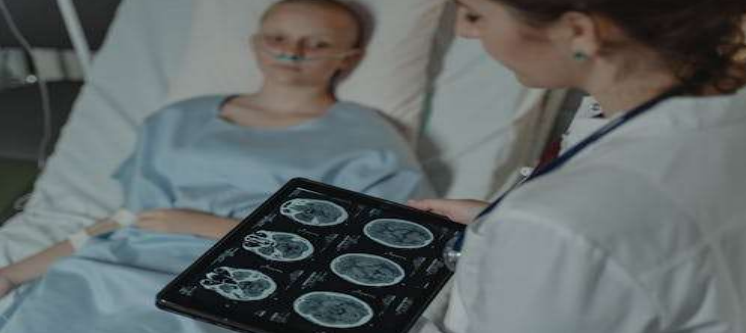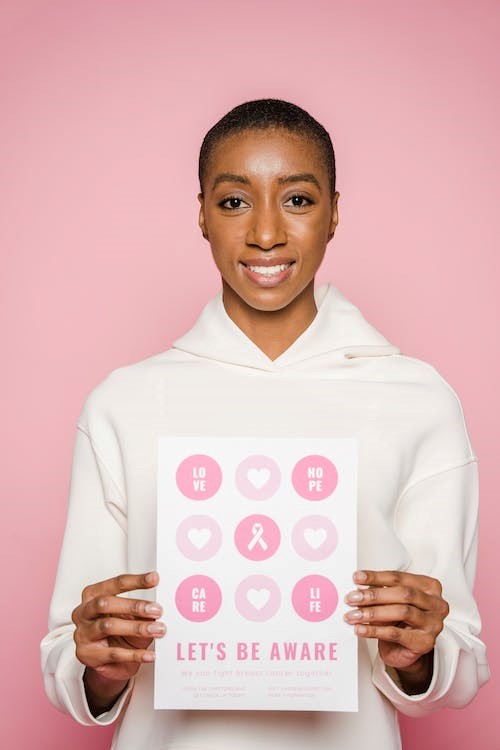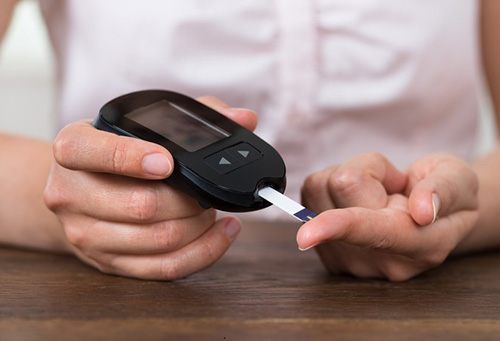Preventing HIV/AIDS – The Youths and HIV

Almost half of young people (aged 13-24) with human immunodeficiency virus (HIV) do not know they have it. Adolescents and young people represent a growing share of people living with HIV worldwide. For youth who test negative, testing services can connect them to HIV prevention resources. HIV (human immunodeficiency virus) is a virus that attacks the body’s immune system. If HIV is not treated, it can lead to AIDS (acquired immunodeficiency syndrome). There is currently no effective cure. Once people get HIV, they have it for life but with effective management it can be controlled.
Adolescents and young adults living with HIV face significant barriers to accessing quality health services worldwide. As revealed by statistics ,these barriers include inadequate access to health care, health information inadequacy, difficulty navigating adult-oriented health systems, lack of confidential healthcare, legal requirements for parental or caregiver consent, and challenges with service cost etc. Two out of every seven new HIV infections globally since 2019 were among young people aged (15–24 years) in this light we turn to our greatest power which is creating awareness of the dangers involved and preventive measures.
PREVENTION AND CONTROL
It is essential to protect ourselves, family, friends etc. Here are some effective protective measures to reduce the spread of HIV/AIDS in our society.
- Testing and Knowing Your Partner’s Status: Regular HIV testing is important, especially for individuals engaging in sexual activity this test should be done every 3-6months. Knowing your HIV status and the status of your partner allows for informed decisions about sexual practices.
- Preventing Mother-to-Child Transmission (PMTCT): Pregnant women with HIV can reduce the risk of transmitting the virus to their babies by receiving antiretroviral medications during pregnancy, childbirth, and breastfeeding.
- Avoid sharing sharp objects and items like needles, clippers, razor blades, scissors etc.
- Seeking help and counselling from medical institutions and practitioners.
- Practice safe sex and always use protection.
- Sensitization and enlightenment programs.
SUMMARY
It’s important to note that combining several preventive measures offers the most effective protection against HIV/AIDS. Most individuals living with HIV/AIDS didn’t choose to be infected with the virus ,some were unfortunately born with it while others were infected due to poor lifestyle choices ,we should however not forget to remain kind, offer help and advice to those in need and avoid stigmatisation of people living with the virus.



